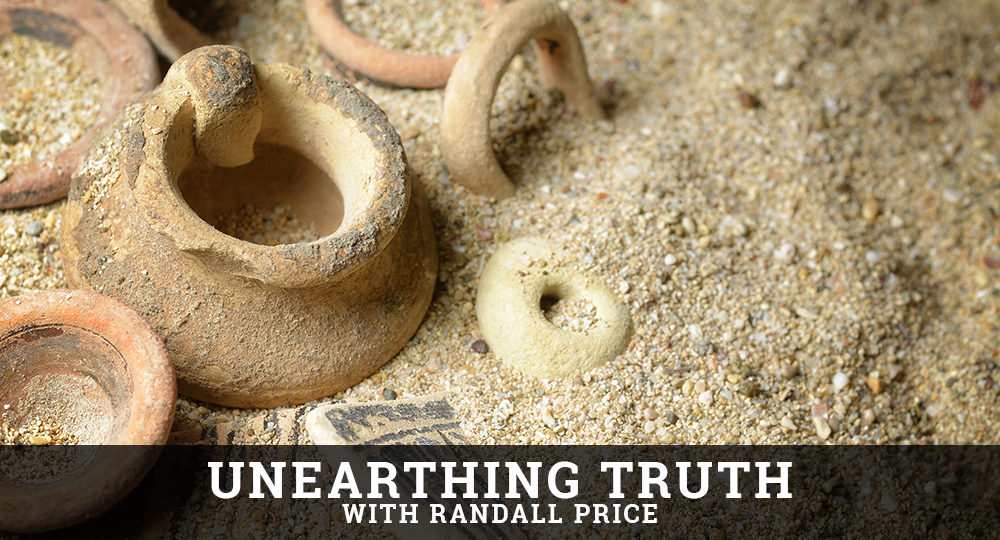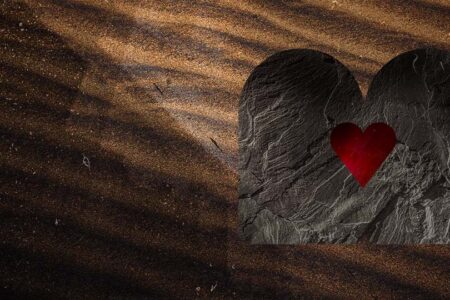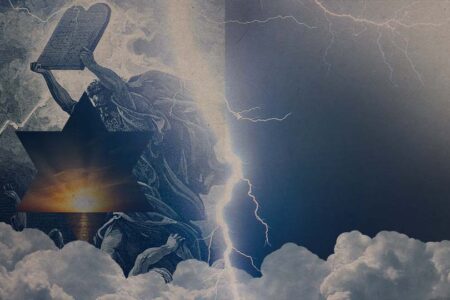From Snake to Savior
One of the most dramatic events in the Israelites’ wilderness wandering involved the fiery serpents in Numbers 21. The difficult journey bypassing Edomite territory prompted the people to complain, so the Lord sent fiery serpents that bit and killed many of them (v. 6).
The term fiery (Hebrew, seraph) may refer to the serpents’ appearance (reddish-copper color) or to the burning inflammation their venom produced. Israel today has snakes called seraphs whose deadly bites burn like fire—supporting the latter, traditional interpretation of fiery. When people confessed their sin, the Lord did not remove the serpents but, rather, provided a remedy against the fatality of their poisonous bites. He told Moses, “Make [an image of] a fiery serpent, and set it on a pole; and it shall be that everyone who is bitten, when he looks at it, shall live” (v. 8).
The bronze image focused the Israelites’ faith on God, who pledged that everyone bitten would look to His promise and live. The copper for the image came from the hoard of items the Israelites took as plunder from Egypt (Ex. 3:22).
The Egyptians’ source of copper was the Timna valley, about 18 miles north of the Gulf of Eilat. Egyptian miners had cultic installations there, including a temple to Hathor, a goddess often depicted as a cow. Undoubtedly, it was this deity’s image the Israelites made in the golden calf incident (Ex. 32:1; cf. Acts 7:39) when they rejected God’s promises (Ex. 32:4, 8, 31; cf. 1 Ki. 12:28).
The Midianites, with whom Moses lived for 40 years, apparently also worshiped at this site. Among the archaeological finds in a Midianite shrine were votive gifts, including a copper snake with a gilded head. It resembles the serpent in Numbers and may have a historical connection to the Israelites in the wilderness because Jethro, a high priest of Midian, was Moses’ father-in-law and advisor (Ex. 18:1–24).
The image of the bronze serpent, later called Nehushtan (brazen thing), was preserved for centuries. By the time of King Hezekiah (715–687 BC), it had lost its significance of memorializing God’s promise to save sinners and was a cult object thought to have magical healing properties. Author and theologian Lowell Handy suggested the Nehushtan was the symbol of a minor god of snakebite-cure within the temple.1
Snake cults existed in Canaan during the Bronze Age prior to the Israelites’ arrival. Excavations have uncovered snake-cult objects at the pre-Israelite cities of Megiddo, Gezer, Shechem, Ekron, and Hazor. Because the bronze serpent became like an idol, Hezekiah destroyed it (2 Ki. 18:4).
Jesus used the fiery-serpent incident to explain how He interceded for us. We were fatally bitten by that old serpent the Devil through the fall (Rev. 12:9; 20:2) and were dying from the poison of sin:
As Moses lifted up the serpent in the wilderness, even so must the Son of Man be lifted up, that whoever believes in Him should not perish but have eternal life. For God so loved the world that He gave His only begotten Son, that whoever believes in Him should not perish but have everlasting life (Jn. 3:14–16).
Though the source of sinful suffering cannot be removed, we have a remedy from its fatal effects. Once we realize we are doomed to die for our sin (Rom. 5:12) and look to the object God has raised up (Christ on the cross) to heal us, we will live (eternally). One day, God will remove the serpent forever (Rev. 20:10).
ENDNOTE
-
- Lowell K. Handy, “The Appearance of Pantheon in Judah” in The Triumph of Elohim, ed. Diana Vikander Edelman (Grand Rapids, MI: Eerdmans, 1996), 41.








